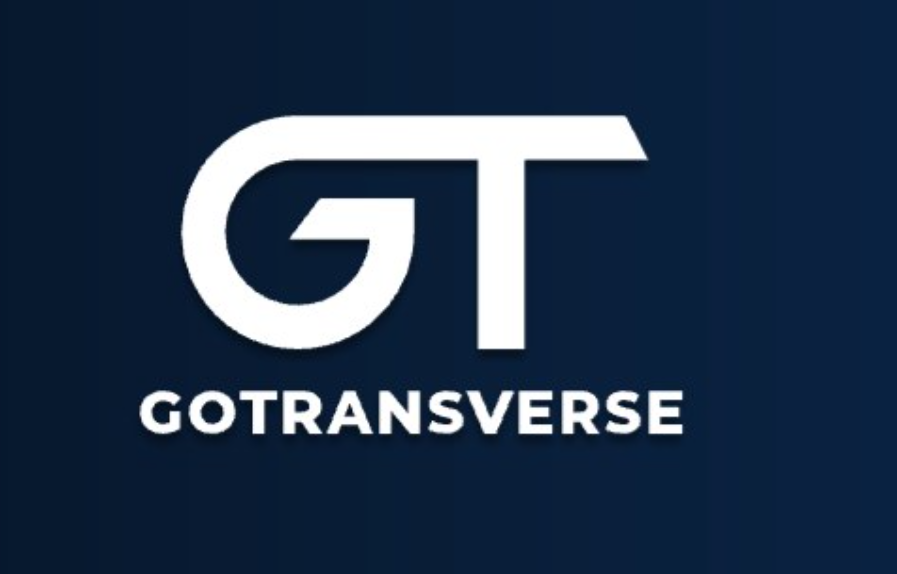Novel or transformative? The latter best describes the trajectory of robotic process automation (RPA). A May 1, 2018 article in Forbes Magazine written by Patrick Taylor stated that corporate finance teams spend about 80 percent of their time gathering, verifying, and consolidating data, leaving only about 20 percent for higher-level tasks like analysis and decision making. While this 80:20 ratio may have improved over the past 24 months, my guess is that the pace of improvement has not kept up with the demands and expectations of business leaders.
To help flip the script, so to speak, many companies are turning to (or are already using) automation technology. In addition to enhanced functionality within some ERP systems and purpose-built automation tools (e.g., BlackLine, ServiceNow, Workiva, Kyriba), RPA is playing an ever-increasing role in the strategy of organizations looking to modernize their finance/business functions. In the simplest terms, RPA can access applications, copy and paste information (without the risk of error), and follow predefined rules at a speed often five times faster than a human. Therefore, accurate data becomes readily available for people to analyze and then make critical decisions.
RPA clearly enables people to allocate a significantly greater amount of time to performing value-add work; the more “robotic” aspect of work is executed by RPA. However, it can be difficult to know where to start your RPA journey, what to consider, and what some of the pitfalls may be. First, it’s important to know and understand that not all RPA is created equal. Some RPA tools focus more on tasks, while others focus more on process. The task-based flavor of RPA is GUI-focused in terms of its interaction with the company’s data. Its deployment looks a lot like teaching the robot to mimic a human’s behavior (e.g., where to click on certain screens, what data to copy). The process-based RPA approach looks to the application layer for its data connection. For example, connecting directly to a system(s) to access, extract, move, and/or process data with no user-interface. There are advantages to both approaches depending on where companies are today and where they want to go with their RPA footprint.
Designing an RPA plan/roadmap beyond its initial use case is often overlooked. Without a well-defined roadmap, companies may find themselves in the unenviable position of allocating time and money to do it over, or trying to manage an unruly concatenation of technologies, bots, people and processes that seem to be ever-growing. Most companies begin their RPA journey with an opportunity assessment, then a single use case as a “proof point” to confirm that automation yields meaningful results to continue the journey. Pilots will help determine goal attainment, mitigate issues that could unveil in the future, and support the evaluation of enterprise-wide automation.
Over time, the RPA journey looks like this: Task Automation ? Process Automation ? Process Orchestration ? Business Operations Recreation. As companies move across that path, they experience increased degrees of automation, increased scope of automation, and increased realizable financial impacts (e.g., cost savings).
Getting there, though, requires significant considerations. First, the controls/governance around bot behavior is still immature. We are all familiar with Segregation of Duties requirements for our people (thank you, Senators Sarbanes and Oxley), but what about the bots? The SOD controls aren’t nearly as well defined or well established, potentially presenting governance issues. Who controls the bots and what controls are in place to make sure no one is doing anything nefarious? How do we test, track, and evidence it? What is the cost to maintain and further develop RPA scalability? What is the risk and potential costs that the bots can be completely oblivious to suspicious patterns that can be easily detected by humans? Also, scalability and performance are impacted the further down the path you go. Will my chosen RPA tool be able to keep up with the amount of data I need to manage, and what’s the ongoing (and ever-increasing) maintenance cost of it all?
Regardless if you are exploring, initiating or scaling RPA, below are a few critical questions and considerations that should be evaluated:
- How and where will my people and my processes interact/intersect?
- How will my RPA tool respond to change?
- What is our expected outcome and how will we measure against it?
- Can I scale my RPA tool to an enterprise-wide program, and do I want to?
- Do we want/need to focus on tasks or processes?
- What controls and governance frameworks will we need to create to effectively manage any risk?
- What’s my total cost of ownership (so I can answer #3 above)?
Finance and accounting professionals are uniquely positioned within organizations to help lead initiatives like RPA. However, we’re not always good at taking advantage of the opportunity or leading the charge for change. Change can sometimes be difficult or uncomfortable, but it is critical that we do so, especially in our digitized and lightning-fast global economy.
According to a recent CGMA survey, only 10 percent of CFOs said that their finance teams have the skills it needs to support the company’s digital ambitions. Or, to put another way, 90 percent of CFOs said that their finance teams do not have the skills needed to support those digital ambitions. That’s a bit scary when you stop to think about it.
Organizations are evaluating how RPA can contribute toward achieving diverse corporate strategies (e.g., as cost reductions, efficiency, higher service quality, better compliance), and enable employees to enjoy more meaningful and fulfilling work as value-added business partners. We can be comforted that RPA will indirectly drive a greater emphasis on human touch and the need for tech-savvy professionals passionate about injecting empathy and wellness concerns into serving internal and external clients.
Automation technology such as RPA will continue to become more prevalent and the companies that utilize it may reap increasing competitive advantages. Finance and accounting can become the transformative pillar of an enterprise by leading RPA discovery.
========
Jerrad Hall is a Practice Leader, Finance Transformation, for Vaco.
Thanks for reading CPA Practice Advisor!
Subscribe Already registered? Log In
Need more information? Read the FAQs




